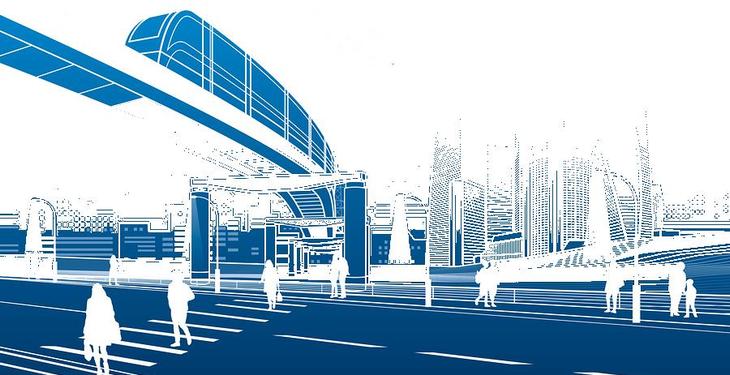The Bucharest-Ilfov region could benefit from financial support worth almost 600 million euros, allocated through the European Regional Development Fund, states the Agency for Regional Development Bucharest – Ilfov (ADRBI).
Previously, ADRBI functioned as a REGIO Intermediate Body, but it will become the Managing Authority of the Regional Operational Program for the Bucharest-Ilfov region in 2021-2027. The overall strategic objective for the next budget year is for the Bucharest-Ilfov region to realize its potential on seven investment priorities entitled: “A competitive region through innovation, digitalization and dynamic enterprises”, “A digitized region”, “A region with friendly cities environment”, “A region with high mobility and low carbon”, “An accessible region”. “An educated region” and “An attractive region”.
In the period 2014-2020, the amount allocated to the Bucharest-Ilfov region was about 420 million euros, of which about 175 million euros were paid, which means an absorption rate of 41.8%. Other claims for reimbursement are still pending, so this percentage could be improved.
The list of contracted projects can be consulted online HERE, in Romanian, and a graphic illustration including the brief description of Regio projects in Bucharest-Ilfov can be accessed in the form of a map HERE, in Romanian.
One of the financing lines that attracted the interest of potential beneficiaries was Axis 3 – Energy efficiency of residential buildings. An example is the City Hall of Sector 4, which submitted 10 projects, but in the conditions of exceeding the funding limit at the regional level, obtained funding for only 7 of them. 4,600 more energy-efficient apartments resulted, with 14,000 people among the beneficiaries, following thermal rehabilitation projects, with 60% European grants and 40% supported by the public authority and owners’ associations.
The future Regional Operational Program for the Bucharest-Ilfov Region 2021-2027, still in public consultation, will include money for the digitization of small and medium enterprises and public authorities, but also for the improvement of public passenger transport service by purchasing emission-free means of transport of CO2, construction/extension of urban/suburban electric public transport routes, depots, stations, electrical substations, multimodal park & ride infrastructures etc).
